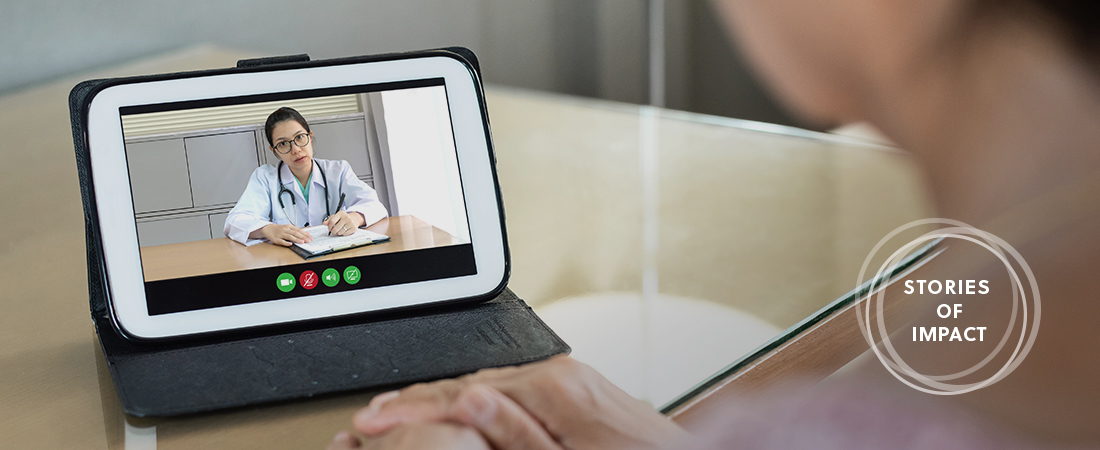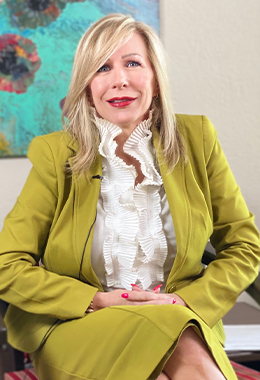Strengthening Suicide Prevention during COVID-19 Crisis

The Zero Suicide Institute at EDC was launched in 2016 to support the demand for more suicide prevention training:
- Zero Suicide Academies, workshops, and consultations are available for states, tribes, health care systems, and others interested in Zero Suicide implementation and safer suicide care practices.
- As of February 2020, over 70,000 individuals have taken an Assessing and Managing Suicide Risk course.
- The Zero Suicide email discussion list provides a forum for those involved in Zero Suicide to discuss their efforts, engage in peer-to-peer support, and share resources.
The COVID-19 pandemic has caused stress, anxiety, depression, and panic around the world. Fear of the virus has spread as fast as the virus itself. For people struggling with behavioral health issues—including those at risk for suicide—feelings of hopelessness, isolation, and desperation can become amplified, even deadly.
Carrie Slatton-Hodges.jpg

“This crisis is the scariest thing our providers confront every day,” says Carrie Slatton-Hodges, interim commissioner of the Oklahoma Department of Mental Health and Substance Abuse Services (ODMHSAS).
Fortunately, Oklahoma’s mental health system is well prepared to handle the COVID-19 crisis, thanks to its ongoing collaboration with EDC’s Zero Suicide Institute (ZSI). ZSI provides training and consultation to states, tribes, and health care systems seeking to implement the Zero Suicide framework, a comprehensive approach to identifying and treating patients at risk of suicide. Oklahoma began working with ZSI in 2016, after Slatton-Hodges met ZSI faculty member and former state mental health commissioner Mike Hogan at a suicide prevention conference.
“Mike said persons with mental illness were 16 times more likely to die by suicide,” Slatton-Hodges recalls. “The populations we work with are at super high risk. The next day, I called Mike and said, ‘Tell me more, and what can we do?’ Our staff and providers were hungry for guidance.”
Since that meeting, Oklahoma state leaders and health care providers have taken part in regular ZSI trainings and built up its state mental health infrastructure. Additionally, providers were trained in the CAMS (Collaborative Assessment and Management of Suicidality) Assessment model.
“The CAMS model stresses the importance of identification and continued contact with patients at risk, at all levels—from hospitals to doctors’ offices to community health care centers,” says Slatton-Hodges. “These are critical components of the Zero Suicide framework.”
Working with ZSI at EDC has helped state leaders and providers handle an increased demand for mental health services amid the current crisis. Once COVID-19 hit, Oklahoma, like other states, shifted to providing some health care services via telemedicine.
“We didn’t miss a beat,” Slatton-Hodges reports. “We’re still providing counseling services, just through a different means. Folks are continuing to stay engaged at very high levels, and if a patient isn’t doing so well, we are rapidly admitting them.”
While Oklahoma has made progress supporting people at risk for suicide, Slatton-Hodges says more work needs to be done. She says work with ZSI has helped to create a cultural shift across the entire health care system—increasing focus on suicide risk and getting help to those who need it.
“Before, providers weren’t comfortable talking about suicide. I remember one saying, ‘I’m not sure we can make a difference.’ I don’t think anyone would say that now,” Slatton-Hodges says. “We have a system of identifying and tracking people at risk, and we’re expending resources wisely in preventing deaths by suicide. This is hard work, and it takes change in practice and process. It’s been an amazing path that we’re on.”